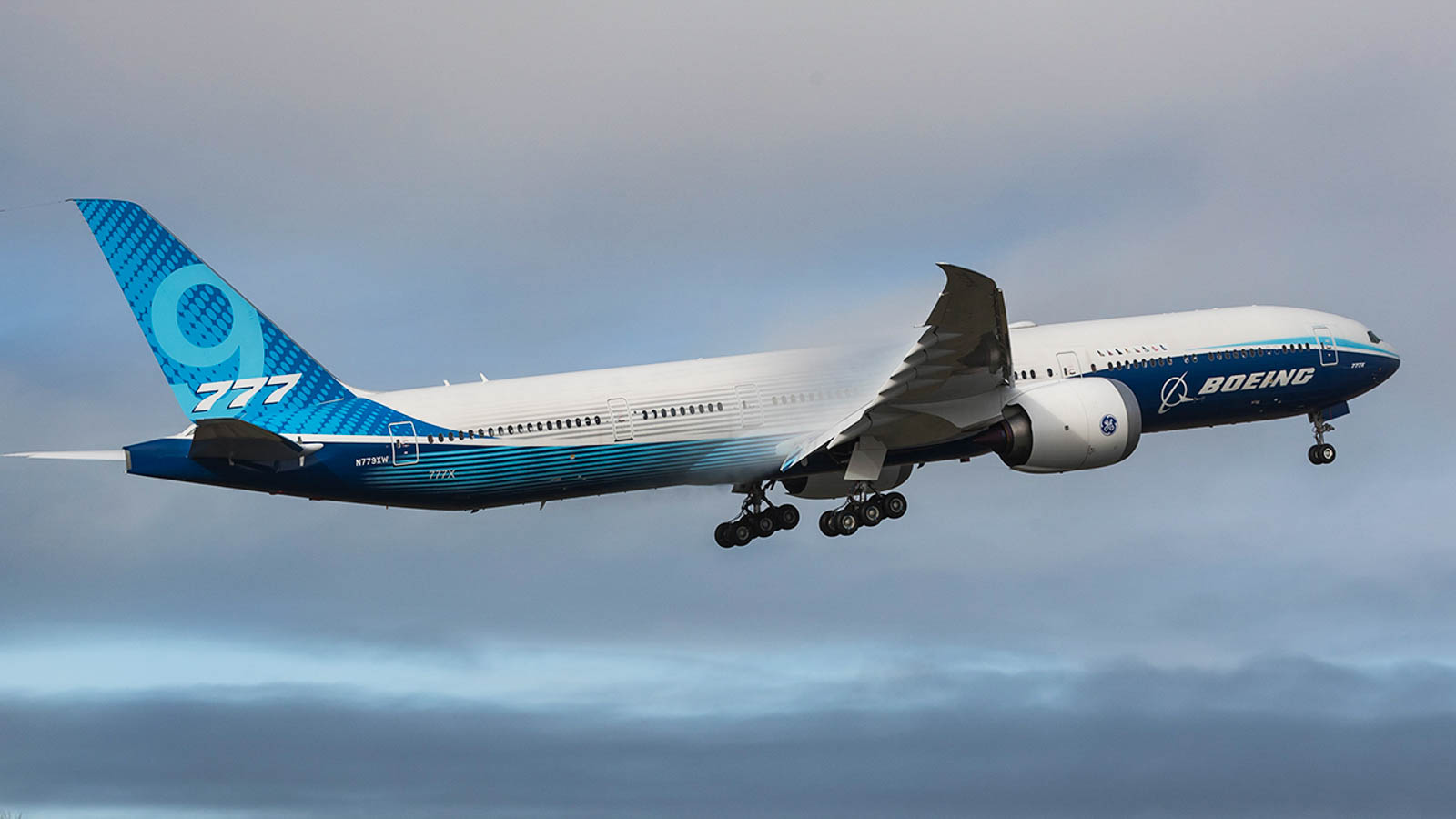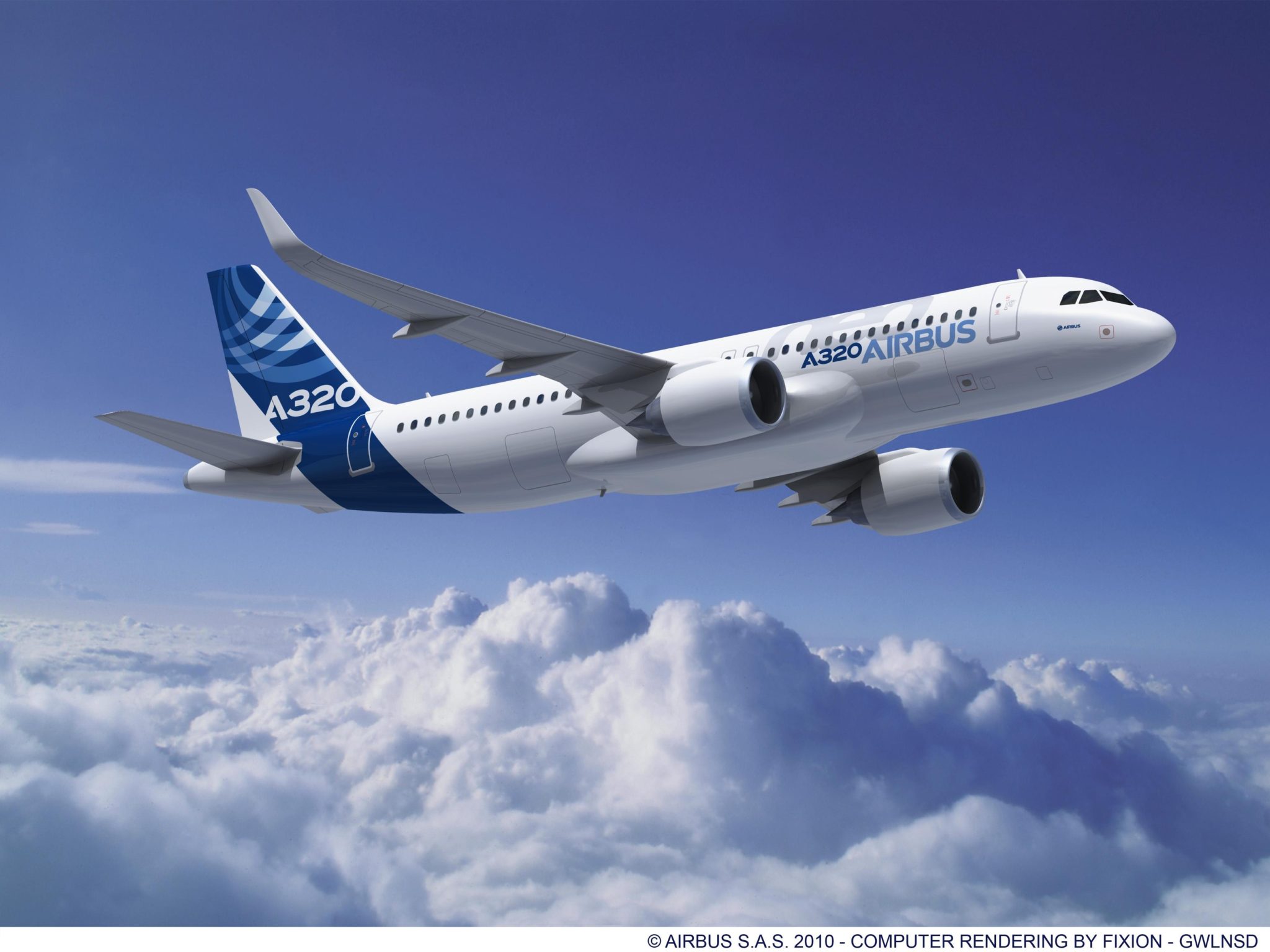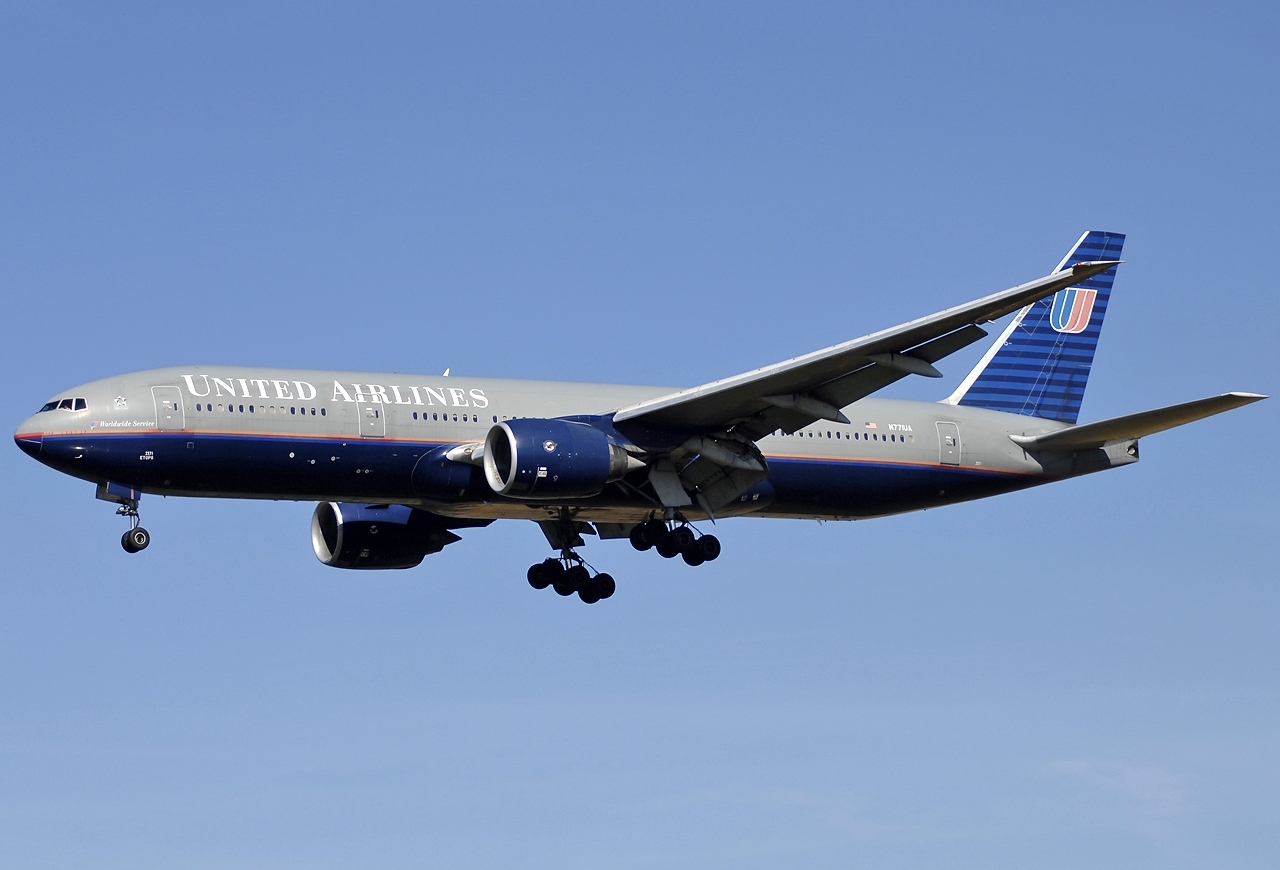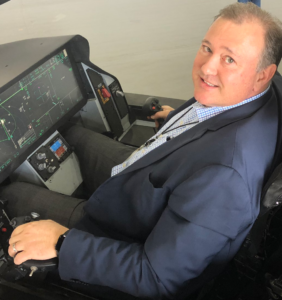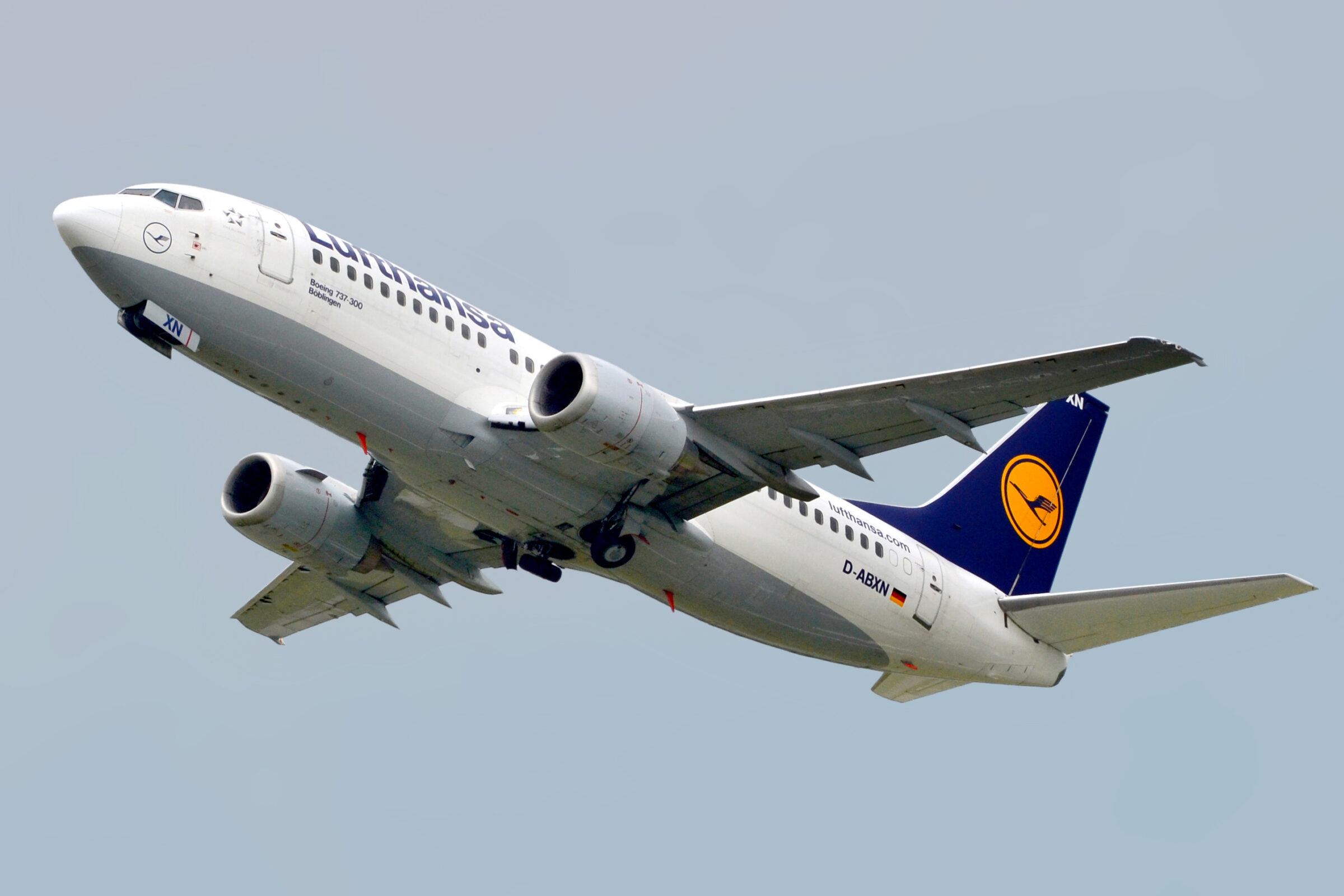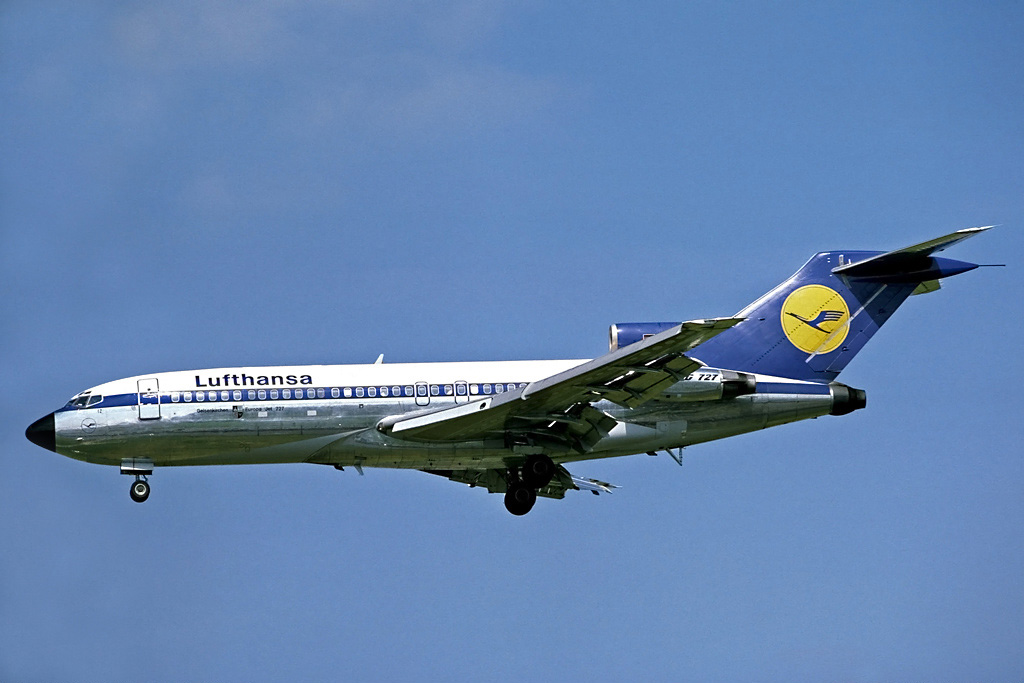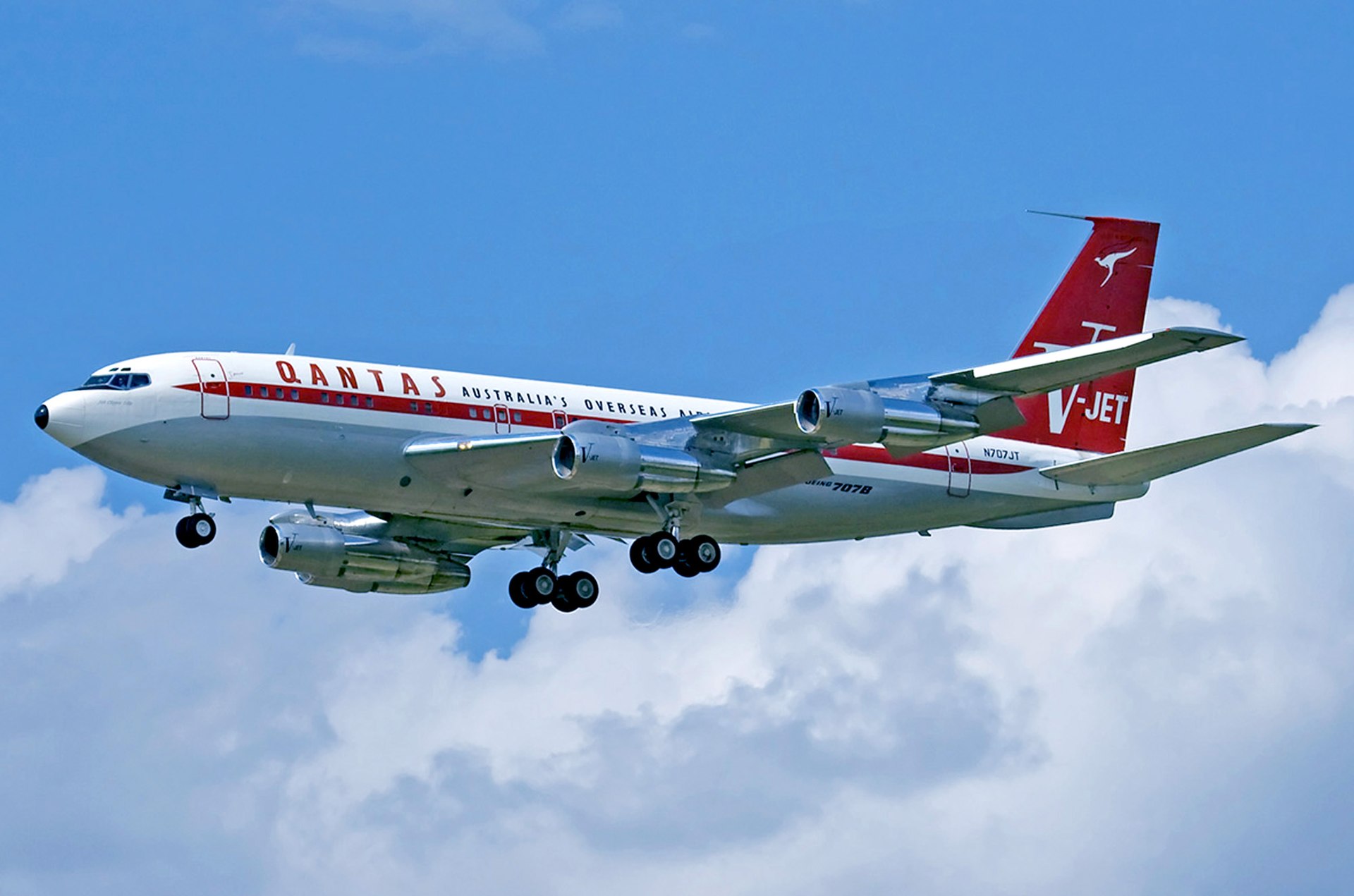Leeham News and Analysis
There's more to real news than a news release.
Engine Development. Part 10. Next generation engines
Subscription Required
By Bjorn Fehrm
Introduction
October 20, 2022, © Leeham News: We finish our series about engine development by looking at the next-generation engines and future trends in airliner engine development.
We limit this look forward to engines that burn Jet fuel (Jet-A1 or SAF) as green propulsion solutions are a vast field and justify their own series. We will pick this up at a future date.
Summary
- The major reduction in fuel consumption and, thus, CO2 emissions will come from new engines.
- The technologies to drive fuel consumption down a further 15% are there.
Engine Development. Part 9. Gearbox or not?
Subscription Required
By Bjorn Fehrm
Introduction
October 13, 2022, © Leeham News: In our series, we look at the development of the latest single-aisle engines. Should these be geared? What do you gain and risk with a geared design? Is this a new development, or has it been around for a long time?
We examine the development of single-aisle engines since 2000, their fuel efficiency, and operational reliability.
Summary
- A geared design fixes some fundamental problems in a two-shaft turbofan.
- CFM proves you could just as well further develop what you have.
Engine Development. Part 7. Engine reliability changes the aircraft market
Subscription Required
By Bjorn Fehrm
Introduction
September 29, 2022, © Leeham News: The 1970s saw the introduction of the High Bypass engine for the medium/long range Boeing 747, Douglas DC-10, and Lockheed Tristar, with Airbus A300 employing an updated variant of the DC-10 engine for medium range missions.
In the following decades, these engines introduced improved technology and matured into new levels of reliability. With the increase in reliability came changes in how long-range aircraft were designed.
Summary
- The engine development after the introduction of the high bypass turbofans in the 1970s focused on reliability and higher efficiency rather than new design principles.
- The change in reliability made the two-engined long-range aircraft the winner over three and four-engine aircraft.
Achieving net zero carbon is a promise you can keep: P&W’s Webb
Subscription Required
By Scott Hamilton
Sept. 26, 2022, © Leeham News: The International Civil Aviation Organization (ICAO) is nearing the next step in support of dramatically cutting emissions by airlines and the aviation industry.
“ICAO has been working for about the last three years on something called a long-term aspirational goal (L-TAG). That’s regarding a study that was conducted by a number of their scientists to determine if it is feasible for the aviation industry to reduce its carbon emissions specifically, to achieve a net zero standard. That’s what for a long-term aspirational goal is,” said Graham Webb, Chief Sustainability Officer for Pratt & Whitney. “At this point, the study has been completed and has been reviewed by 93 member states. It would appear that the initial motion of the language that is going to be put forward will pass.”
ICAO previously adopted the Carbon Offsetting and Reduction Scheme for International Aviation (CORSIA). L-TAG is the next step, Webb said in an interview this month with LNA.
“Once that is in place, it will enable ICAO, much as it already is done with CORSIA, to establish policies that would then be enforced by all its member states in a common, in a related way as opposed to the concern that many people have had, where you would see a patchwork. You would see some countries, such as the United States, providing incentives through vendors’ tax credits. You would see Europe in the form of mandates and taxes. They have this Emissions Trading Scheme that they’ve been putting forward and running through the Parliament. The overall objective is to have this singular global aviation industry, regulatory body, ICAO, that would then set the guidelines for the industry.”
Engine Development. Part 6. High Bypass goes mainstream
Subscription Required
By Bjorn Fehrm
Introduction
September 22, 2022, © Leeham News: With the introduction of the High Bypass engine for the Boeing 747, Douglas DC-10, and Lockheed Tristar, it was obvious Pratt & Whitney’s low bypass engines on the Boeing 707, 727, 737, and Douglas DC-8, -9 should be attacked with a new High Bypass engine in this thrust class.
French Snecma and GE teamed up to break Pratt & Whitney’s monopoly of the jet engine market outside the widebodies. The CFM56 was born.
Summary
- With an exclusive fit on the Boeing 737 and a 10-year introduction advantage on the A320, the CFM56 has dominated over the competing IAE V2500.
- The CFM56 is the world’s most produced jet engine, with over 32,000 engines produced to date.
Pontifications: No engines, billions shy, devastating enviro analysis, Boom’s CEO still exudes optimism
Sept. 20, 2022, © Leeham News: Blake Scholl, the founder and CEO of Boom, the start-up company, continued to paint an optimistic picture about the Overture Supersonic Transport.
He told the US Chamber of Commerce Aerospace Summit last week that the Overture, a Mach 1.7 88-passenger aircraft concept, will revolutionize international air travel.
But Boom has big challenges ahead—not the least of which is that there is no engine manufacturer so far that has stepped up to provide an engine. The Big Three—GE Aviation, Pratt & Whitney, and Rolls-Royce—have either outright rejected participation or other priorities exist.
Plethora of Challenges
- Rolls says publicly it won’t pursue an engine for Boom. GE told LNA it’s not interested in developing an engine for Boom. P&W is focused on advances for its GTF, developing sustainable technology and military engines.
- The International Civil Aviation Organization (ICAO) in July issued a report on the environment that eviscerated SSTs and the SAF concept outlined for Boom. The report included analysis from the International Council on Clean Transportation (ICCT).
- Scholl claims a market demand for thousands of SSTs but Boom’s 2013 study by Boyd International forecast a market demand over the life of the program of 1,318 Overtures. Some thought this figure was generous.
- Boyd’s report also concludes Boom needs a Mach 2.2 airplane to be commercially viable. Scholl reduced the speed to 1.7. This means that in some cases, airline crews can’t do a round trip from the US to Europe without a relief crew, which upsets some of the economics.
- If Boom were a publicly traded company, all the orders would fall under the ASC 606 accounting rule that questions the viability of those orders.
- Scholl told AIN Online Boom needs $6bn to $8bn to come to market and so far, it has raised $600m.
- And we don’t get into the certification and regulatory hurdles. Among them: In his presentation to the Chamber, Scholl said there are 600 potential SST markets. He included some inland in the US, where there is a ban on SSTs flying over land.
Engine Development. Part 5. The Turbofans go High Bypass
Subscription Required
By Bjorn Fehrm
Introduction
September 15, 2022, © Leeham News: Last week, we looked at how Pratt & Whitney’s JT8D turbofan came to dominate short-haul airliners while the JT3D had the long-range market.
The introduction of the widebody jets in the 1970s with Boeing 747, Douglas DC-10, and Lockheed Tristar brought GE and Rolls-Royce into the market. It was the start of the high bypass turbofans.
Summary
- The military TF39 for Lockheed C-5 Galaxy military transport set the benchmark for the new generation of high bypass turbofans with its 8-to-1 bypass ratio.
- Pratt & Whitney, GE, and Rolls-Royce developed civil engines along the lines of the TF39 for the new generation widebodies.
Engine Development. Part 4. Turbofans go mainstream.
Subscription Required
By Bjorn Fehrm
Introduction
September 8, 2022, © Leeham News: Last week, we analyzed the change from turbojets to turbofans for civil air transport. The jet engine was developed for high-speed military fighters and was not ideal for subsonic airliner use.
We also dwelled on why the three major engine OEMs came to different solutions for the first-generation turbofans. Now we look at the engine that made turbofans mainstream, the Pratt & Whitney JT8.
Summary
- The JT8 competed with the more developed Rolls-Royce Spey to engine the first US domestic jet airliner, the Boeing 727.
- After it captured the Boeing 727, it went on to engine all US short and median haul jets of the 1960s.
Engine Development. Part 3. The early turbofans.
Subscription Required
By Bjorn Fehrm
Introduction
September 1, 2022, © Leeham News: Last week, we looked at the motivation to change from propeller engines to jet engines as higher cruising speeds were sought for airliners.
We learned the straight jet engine, while good for military jets, wasn’t well suited for civil airliners. It was noisy and fuel-thirsty. It was why the subsequent engine development, the turbofan, was quickly accepted by the airlines.
Summary
- The first turbofans from Rolls-Royce, Pratt & Whitney, and GE had different designs.
- The advantages of the turbofan over the straight jet were quickly recognized. The turbofan has been the choice for airliners since the late 1950s.
Engine Development. Part 2. The early jet engines.
Subscription Required
By Bjorn Fehrm
Introduction
August 25, 2022, © Leeham News: Last week, we started a series about jet engine development for our air transport aircraft. The jet engine came to replace the piston and gas turbine propeller engines when airplanes sought higher cruising speeds.
In the second part of the series, we look at why the jet engines were developed and their advantages and disadvantages compared to what they replaced.
Summary
- When the propeller engine came to its speed limits, the straight jet engine was the answer.
- While it helped with speed, it created other problems.


